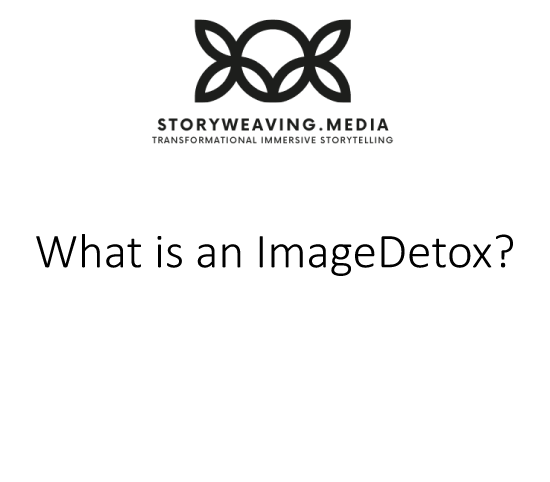 Since the time we are young, we are fed images and stories which play a major part in the development of our identities.
Since the time we are young, we are fed images and stories which play a major part in the development of our identities.
I remember seeing “Aladin” and “The Lion King” and applying these stories to my own life as if they had really happened to me.
I remember seeing “Saved by The Bell” and “Are you afraid of the dark?” and “The Simpsons” and inside myself, I related to the characters in these shows as if they were my real-life friends. Friends who I had some connection with, but they didn’t even know I existed.
These types of relationships (especially featuring less than ideal role models and one-way connections) train children with subconscious misunderstandings and false assumptions. For example, this may be one of the major contributing factors which cause children to confuse admiration for love. Thinking later in life that they must become famous in order to become lovable.
Additionally, usually as we get older we are exposed to more horror movies and images of carnage. In the information age, not only is helpful information more widely accessible but so is extremely unhelpful and grotesque imagery. We would never normally be exposed to these types of unnaturally violent scenes, and it has become increasingly easy to be exposed to an ever-growing array of catastrophic imagery that our nervous systems do not know how to handle and process.
Coming to terms with this exposure can greatly help us in coming back to our true creative essence. We have to know what needs to be cleared in order to clear it from our nervous systems.
In order to know what to do with this visual information as we hunt it down inside of ourselves, we must have a general understanding of the mechanics of how stories affect us positively and negatively. This is a significant conversation and is something that is all going into the ImageDetox course – step 1 of 4 in the Storyweaving Strategy. We call this step “Discover Basic Assumptions” because without this internal investigation it is very easy and very common to express our creativity through these invisible filters. When doing so, we are unable to see the subtle motives and messaging driving all of our decisions and this gets infused into our work.
Not everyone notices or cares about these limits on creative expression – but if you’re here you’ve probably noticed and become curious about what’s under the hood.





No comment yet, add your voice below!